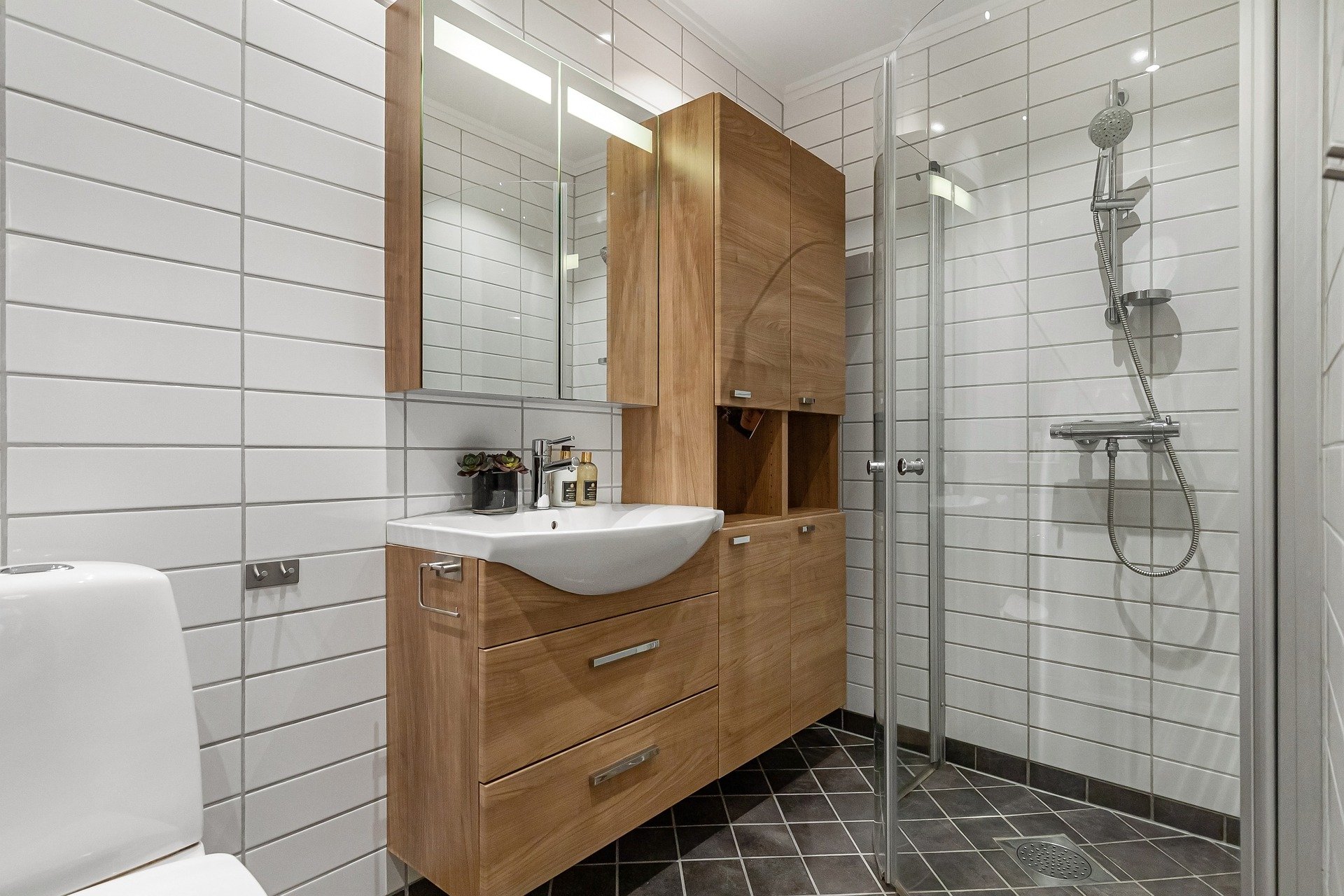How UK Homeowners Are Upgrading Bathrooms for Everyday Ease
Across the UK, bathroom renovations in 2025 balance timeless style with practicality. From better storage to water-smart upgrades, homeowners are choosing improvements that align with energy use, family life, and resale value. Discover which changes make the biggest difference.
What compact storage solutions are trending in UK bathrooms?
Space-saving storage is a top priority for UK homeowners, especially in urban areas where square footage comes at a premium. Clever storage solutions are revolutionising even the smallest bathrooms. Wall-mounted vanities with built-in drawers are gaining popularity, offering ample storage without taking up floor space. Recessed medicine cabinets and over-toilet storage units make use of vertical space, while corner shelving units maximise awkward angles.
For those with more room to spare, bespoke fitted furniture is becoming a go-to option. These custom-made units can be tailored to fit any bathroom layout, incorporating features like pull-out laundry hampers, hidden electrical outlets, and dedicated spaces for toiletries and towels. The result is a clutter-free environment that contributes to a sense of calm and order in the bathroom.
How are water-saving fixtures improving UK home bathrooms?
Water conservation is a growing concern for environmentally conscious UK homeowners, and bathroom fixtures are evolving to meet this demand. Low-flow showerheads that maintain water pressure while reducing consumption are becoming standard. Dual-flush toilets, which offer different flush volumes for liquid and solid waste, are now commonplace in many renovated bathrooms.
Innovative tap designs are also making waves. Sensor-activated faucets, once primarily found in public restrooms, are finding their way into private homes. These taps not only save water by preventing unnecessary running but also add a touch of modern convenience. Thermostatic shower valves are another popular upgrade, allowing users to set and maintain precise water temperatures, reducing water waste from temperature adjustments.
What is driving the popularity of wet room conversions in the UK?
Wet room conversions are gaining traction across the UK, offering a stylish and practical solution for bathrooms of all sizes. This open-concept design eliminates the need for a separate shower enclosure, creating a seamless and spacious feel. For smaller bathrooms, wet rooms can make the space appear larger and more luxurious.
Accessibility is a key factor driving wet room popularity. With level-access showers and slip-resistant flooring, these designs are ideal for multigenerational households and those planning to age in place. The absence of a shower tray or step also makes cleaning easier, appealing to homeowners looking for low-maintenance solutions.
How is underfloor heating transforming bathroom spaces?
Underfloor heating is revolutionising comfort in UK bathrooms. This invisible heating solution not only provides even warmth underfoot but also frees up wall space typically occupied by radiators. Electric underfloor heating systems are particularly popular in bathroom renovations due to their ease of installation and minimal impact on floor height.
Beyond comfort, underfloor heating contributes to energy efficiency. By providing radiant heat from the ground up, these systems can operate at lower temperatures than traditional radiators while still maintaining a cosy environment. This can lead to reduced energy consumption and lower heating bills, making it an attractive option for cost-conscious homeowners.
What renovation trends are emerging for period homes in the UK?
Renovating bathrooms in period homes presents unique challenges and opportunities. UK homeowners are increasingly seeking ways to blend modern conveniences with traditional aesthetics. Heritage-inspired fixtures, such as high-level cistern toilets and freestanding claw-foot bathtubs, are making a comeback, allowing homeowners to maintain period charm while enjoying contemporary functionality.
In Victorian and Edwardian properties, original features like ornate tiles and decorative mouldings are being carefully preserved and incorporated into new designs. Colour schemes are also evolving, with deep, rich hues and bold patterns reminiscent of bygone eras gaining popularity. However, these traditional elements are often balanced with modern touches, such as frameless glass shower enclosures or sleek, wall-hung sanitaryware, creating a harmonious blend of old and new.
Which bathroom upgrades offer the best return on investment?
When it comes to bathroom renovations, certain upgrades consistently offer better returns on investment for UK homeowners. Quality sanitaryware, such as modern toilets and sinks, along with well-designed storage solutions, tend to be highly valued by potential buyers. Energy-efficient fixtures, including LED lighting and water-saving taps, are also attractive selling points in today’s market.
| Upgrade | Estimated Cost Range | Potential ROI |
|---|---|---|
| Wet Room Conversion | £5,000 - £10,000 | 70-85% |
| Underfloor Heating | £1,000 - £3,000 | 60-75% |
| Bespoke Storage Solutions | £2,000 - £5,000 | 65-80% |
| Water-Saving Fixtures | £500 - £1,500 | 80-95% |
| Period-Appropriate Renovations | £8,000 - £15,000+ | 75-90% |
Prices, rates, or cost estimates mentioned in this article are based on the latest available information but may change over time. Independent research is advised before making financial decisions.
In conclusion, UK homeowners are embracing bathroom renovations that prioritise both style and functionality. From space-saving storage solutions to energy-efficient fixtures, these upgrades are transforming everyday routines. Whether it’s a compact city flat or a sprawling country house, the focus remains on creating bathrooms that are not only beautiful but also practical, sustainable, and tailored to modern living needs.





